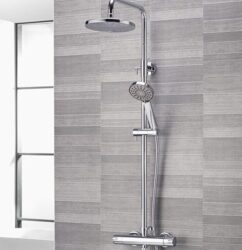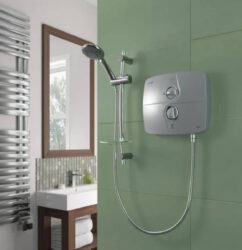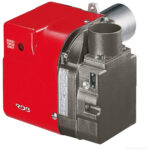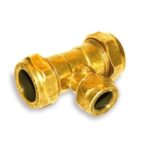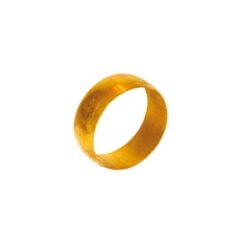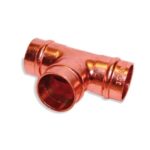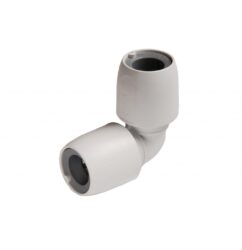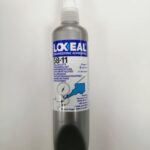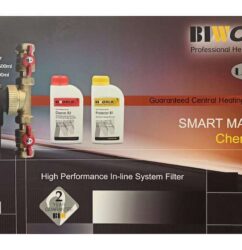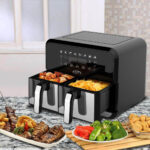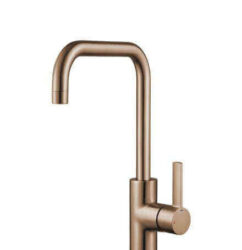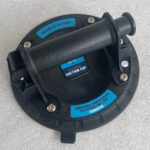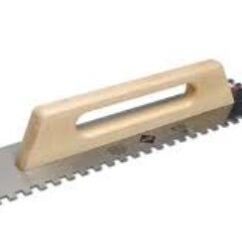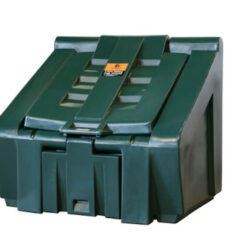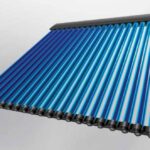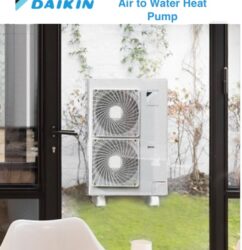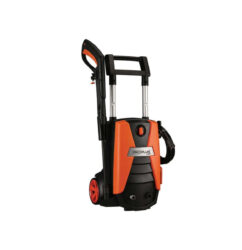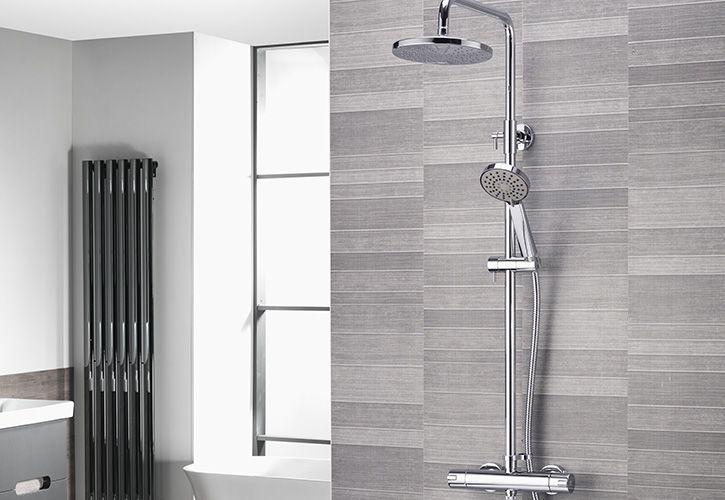In the world of plumbing, the unseen heroes are often the fittings that connect pipes and direct wastewater away from your home. Waste fittings and pipe fittings are essential components of any plumbing system, ensuring proper drainage, preventing leaks, and maintaining the integrity of your plumbing infrastructure. In this article, we’ll explore the significance of waste fittings and pipe fittings, their types, and their critical role in the world of plumbing.
Understanding Waste Fittings:
Waste fittings, commonly referred to as drainage fittings, are essential for directing wastewater away from your home. They connect to various plumbing fixtures such as sinks, toilets, bathtubs, and washing machines, ensuring that used water flows smoothly into the sewer or septic system. Waste fittings are typically made of durable materials like PVC, ABS, or cast iron, depending on the specific application.
Types of Waste Fittings:
- P-Traps: These curved fittings prevent sewer gases from entering your home while allowing wastewater to flow freely. P-traps are commonly found beneath sinks.
- S-Traps: Similar to P-traps, S-traps also prevent sewer gas from entering your home, but they have a different shape, resembling an “S.” They are less common in modern plumbing.
- Bottle Traps: These compact traps are often used in tight spaces and are prevalent in European plumbing systems.
- Vent Pipes: Vent pipes allow air to enter the drainage system, preventing airlocks and ensuring efficient wastewater flow.
Importance of Pipe Fittings:
Pipe fittings are the connectors that join different sections of plumbing pipes, allowing for the creation of a network that transports water and gases within your home. They are crucial for maintaining the structural integrity of your plumbing system, preventing leaks, and facilitating repairs or modifications when necessary.
Types of Pipe Fittings:
- Elbows: Elbows are used to change the direction of pipe runs, typically at 90 or 45-degree angles.
- Tees: Tees are used to create branch connections in a plumbing system, allowing for the addition of fixtures or the diversion of water flow.
- Couplings: Couplings are used to connect two pipes of the same size and material, often for repairs or extensions.
- Reducers: Reducers connect pipes of different diameters, allowing for a gradual change in pipe size within the plumbing system.
- Unions: Unions are used to disassemble and reassemble pipes and fittings easily, making repairs or modifications more accessible.
Materials for Fittings:
Fittings are available in various materials, each suited to specific applications:
- PVC (Polyvinyl Chloride): Resistant to corrosion, PVC fittings are commonly used in drainage and wastewater systems.
- CPVC (Chlorinated Polyvinyl Chloride): CPVC fittings are ideal for hot water applications due to their high-temperature resistance.
- Brass: Brass fittings are durable and corrosion-resistant, making them suitable for various plumbing systems.
- Copper: Copper fittings are commonly used in water supply lines and are known for their long-lasting reliability.
Conclusion:
Waste fittings and pipe fittings may not be the stars of your plumbing system, but they are the unsung heroes that keep your home’s water supply flowing smoothly and wastewater heading in the right direction. Understanding the different types of fittings and their materials is essential for maintaining a functional and leak-free plumbing system. Whether you’re planning a plumbing project, making repairs, or upgrading your home’s infrastructure, the right fittings are crucial for a successful and reliable plumbing system.


